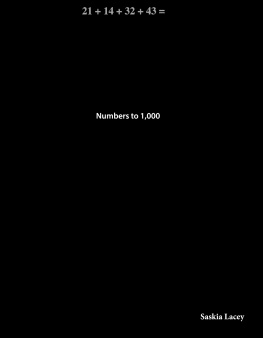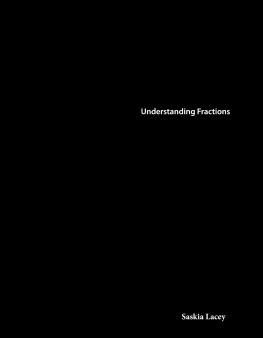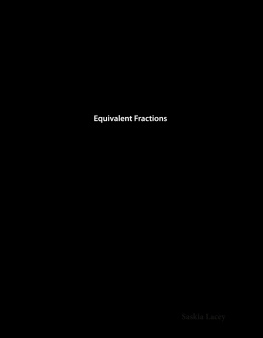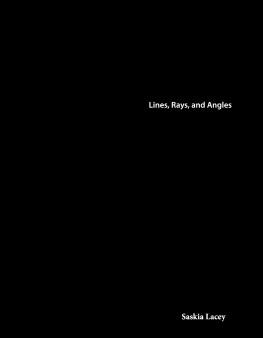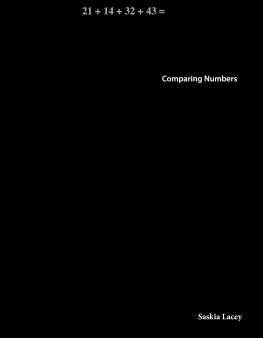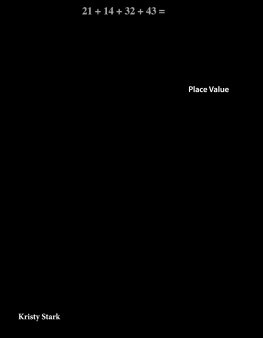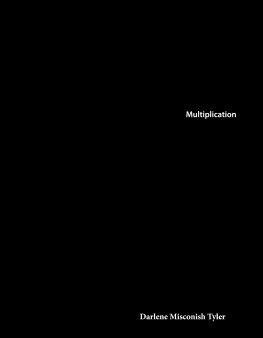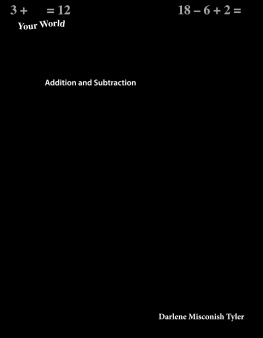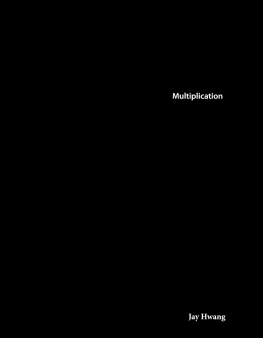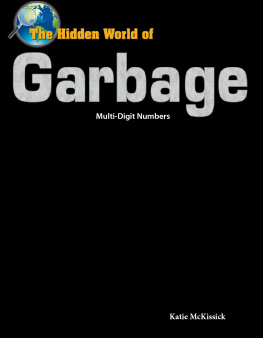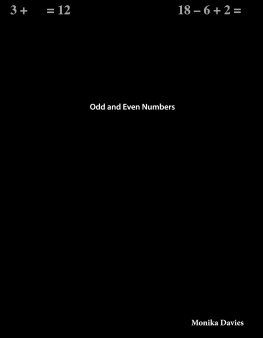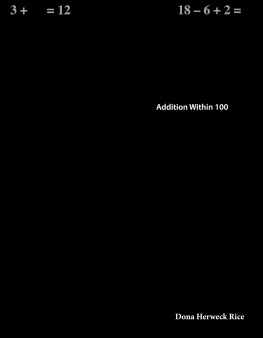0covercover.xhtmlcover1page0001page0001.xhtml22page0002page0002.xhtmlAmazing Animals Prehistoric Creatures Numbers to 1, 00033page0003page0003.xhtml44page0004page0004.xhtmlTable of Contents Strange Creatures 4 In Water 6 In Air 12 On Land 18 Ancient Animals, New Findings 26 Problem Solving 28 Glossary 30 Index 31 Answer Key 3255page0005page0005.xhtmlStrange Creatures You have probably heard of the T. rex. You may know about Triceratops. But could you spot Titanoboa (tih-tah-nuh-BOH-uh)? Long ago, strange animals roamed the earth. There were snakes as long as school buses. There were birds bigger than people. Does that sound too wild to be true? It's not! Welcome to the wonders of the ancient age. Liopleurodon66page0006page0006.xhtmlTitanoboa77page0007page0007.xhtmlIn Water Great creatures once swam Earth's waters. They were big and strong. Next to them, great white sharks would look tiny! Megalodon Megalodons (MAY-guh-luh-dawns) were a type of prehistoric shark. Every part of them was huge. They had giant jaws. They could grow up to 54 feet (17 meters) in length. Each tooth was 7 inches (18 centimeters) long. That is three times the size of a great white shark! A woman stands next to the giant jaws of Megalodon.88page0008page0008.xhtmlMegalodon lived near the surface of the ocean. Megalodon great white shark99page0009page0009.xhtmlLiopleurodon Liopleurodon (lie-oh-PLOOR-oh-don) lived in the ocean, too. It had to come to the surface to breathe air. Picture seeing one pop out of the water! Liopleurodon had four huge flippers. Most of the time, it swam slowly. But it could swim fast in short bursts to catch its food. It had a strong sense of smell, too. This helped it track prey from far away.1010page0010page0010.xhtmlLiopleurodon lived in shallow waters in what is now Europe.1111page0011page0011.xhtmlMosasaurus Mosasaurus (moh-suh-SOR-us) lived at the same time as the T. rex. It was a type of large reptile. This creature is thought to have been up to 50 ft. (15 m) long. Mosasaurus could swim very fast. And it had sharp, curved teeth. It was one deadly predator of the sea. Mosasaurus lived in deep water but went to the surface to hunt.1212page0012page0012.xhtmlThis Mosasaurus skeleton is more than 65 million years old.1313page0013page0013.xhtmlIn Air Some prehistoric creatures could fly high through the air. While some were huge, others were tiny. Quetzalcoatlus Quetzalcoatlus (kwet-suhl-koh-AHT-luhs) had huge wings. In fact, one of these creatures had wings that stretched for more than 50 ft. (15 m)! Because of its wings, this reptile spent most of its days in the air. But it could also walk on land. One of its most amazing features was its jaw, which was 8 ft. (2 m) long. Does that sound scary? It might, but this reptile did not have teeth! LET'S EXPLORE MATH How fast could Quetzalcoatlus fly? Use the base?ten blocks to find out. Then, complete the statement. Hundreds Tens Ones Scientists think Quetzalcoatlus could fly up to ______ kilometers per hour.1414page0014page0014.xhtmlQuetzalcoatlus lived in the area that is now North America.1515page0015page0015.xhtmlPteranodon Some people think Pteranodon (ter-AHN-uh-don) looked like a pelican. Their jaws do look the same. But they are not the same size. It was huge! When it walked on land, it was about as tall as a human adult. And its wingspan was more than 20 ft. (6 m) long. That is about as tall as a giraffe! modern-day pelican1616page0016page0016.xhtmlPteranodon lived on land but went to the sea to hunt.1717page0017page0017.xhtmlRhamphorhynchus Not all prehistoric flying creatures were big. This reptile was very small. Rhamphorhynchus (ram-fuh-RING-kuhs) was less than 2 ft. (60 cm) long. It had a long head, huge eyes, and sharp teeth. It also had a unique tail. The tip of its tail was shaped like a spear. This shape helped the creature steer when flying.1818page0018page0018.xhtmlRhamphorhynchus grabbed fish from the surface of the water before returning to land to eat.1919page0019page0019.xhtmlOn Land Many ancient beasts swam in water or soared through the air. But others lived on land. They ran, climbed, and snaked past each other. Titanoboa Titanoboa was a huge snake. It could grow to be more than 40 ft. (13 m) long. That is as long as a school bus! And it weighed 2, 500 pounds (1, 135 kilograms). That is about the same weight as a small car! This replica of Titanoboa was on display at Grand Central Station in New York City from 2012 to 2013.2020page0020page0020.xhtmlTitanoboa lived in hot, humid jungles.2121page0021page0021.xhtmlGigantopithecus Gigantopithecus (jy-gahn-tuh-PITH-ih-kihs) was a giant ape. It stood more than 10 ft. (3 m) tall. Its strong teeth could tear through plants. Sadly, this ape's great size may have led to its extinction. It ate fruit most of the time. When fruit was hard to find, the ape could not eat enough to survive. LET'S EXPLORE MATH Gigantopithecus could weigh about 400 + 90 + 8 kilograms. 1. Write the weight as a three?digit number. 2. Which of the following is the correct way to read the weight? A. four nine eight B. forty-nine eight C. four ninety-eight D. four hundred ninety-eight2222page0022page0022.xhtmlGigantopithecus lived in the jungles of Southeast Asia.2323page0023page0023.xhtmlPhorusrhacos Even though this bird had wings, Phorusrhacos (foh-rus-RAH-kos) could not fly. Instead, it lived and hunted on the ground. While on the ground, this bird could run very fast. It could chase prey by running up to 40 miles per hour (65 kilometers per hour). It was more than 8 ft. (2 m) tall. And, it had a sharp, hooked beak. All of these features made this creature a top predator.2424page0024page0024.xhtmlPhorusrhacos lived in the plains of South America.2525page0025page0025.xhtmlMegatherium Megatherium (may-guh-THEER-ee-uhm) fed on leaves and bushes just like today's sloths. But, these creatures were huge. They were about the size of elephants. This ancient sloth had a long tongue. Its massive jaws held teeth that were just right for grinding plants. It also had large, sharp claws. Some people think this sloth could use its claws to rip whole trees out of the ground. LET'S EXPLORE MATH Megatherium could grow to about 335 centimeters tall. 1. Plot 335 on a number line similar to the one below. 300 310 320 330 340 350 2. Write 335 as a total of hundreds, tens, and ones. 3. Which of the following is the correct way to read the number 335? A. thirty thirty-five B. three hundred thirty-five C. three thirty-five D. three hundred three five2626page0026page0026.xhtmlGuests at a museum in London look at a Megatherium skeleton. Megatherium lived in dry, wooded areas.2727page0027page0027.xhtmlAncient Animals, New Findings The prehistoric world was full of life, big and small. Living things could be found in the sea, in the air, and on land. Some animals may have looked scary. Others may have just looked weird! We only know about them because scientists still study ancient creatures. They study their fossils. That is how they know things about them, such as their size and what they ate. There is still a chance that new great monsters from the past will be found. New findings are made every year. What will scientists find next? Spinosaurus could be up to 59 ft. (18 m) long.2828page0028page0028.xhtmlTitanosaurus weighed as much as 10 elephants!2929page0029page0029.xhtmlProblem Solving Many ancient reptiles are big. But just how big is big? Complete the table to show the length of each reptile in different ways. Reptile Name Titanoboa Megalodon Mosasaurus Liopleurodon Length in Inches Picture Three-Digit Number Words Total of Hundreds, Tens, and Ones3030page0030page0030.xhtml3131page0031page0031.xhtmlGlossary ancient very old extinction the state of no longer existing in the world features important or interesting parts of things flippers flat body parts that are used for swimming fossils remains from plants or animals that lived long ago predator an animal that kills and eats other animals prehistoric from the time before people could write prey living things that are hunted by other living things for food reptile a type of animal that is cold-blooded, lays eggs, and is usually covered with hard parts or scales unique unlike anything else wingspan the distance from the tip of one wing to the tip of the other wing3232page0032page0032.xhtmlIndex Gigantopithecus Liopleurodon Megalodon Megatherium Mosasaurus Phorusrhacos Pteranodon Quetzalcoatlus Rhamphorhynchus Spinosaurus Titanoboa Titanosaurus3333page0033page0033.xhtmlAnswer Key Let's Explore Math page 12 : 129 kilometers per hour page 20 : 1. 498 kilograms 2. D page 24 : 1. 335 2. 300 + 30 + 5 3. B Problem Solving Titanoboa : 480; four hundred eighty; 400 + 80 Megalodon : ; 540; five hundred forty Mosasaurus : ; three hundred sixty; 300 + 60 Liopleurodon : ; 252; 200 + 50 + 23434page0034page0034.xhtmlMath Talk 1. How do you know when there are enough ones to make a ten and enough tens to make a hundred? 2. How is 89 different from 98? 3. How can you use a place value chart to show what you know about a three-digit number? 4. Is it correct to write 435 as 4 + 3 + 5? Why or why not? 5. Jessica reads the number 268 as two-six-eight. What advice would you give for her to read this number? 6. What do you think is the best way to draw a picture showing a three-digit number? Why?35
Next page
